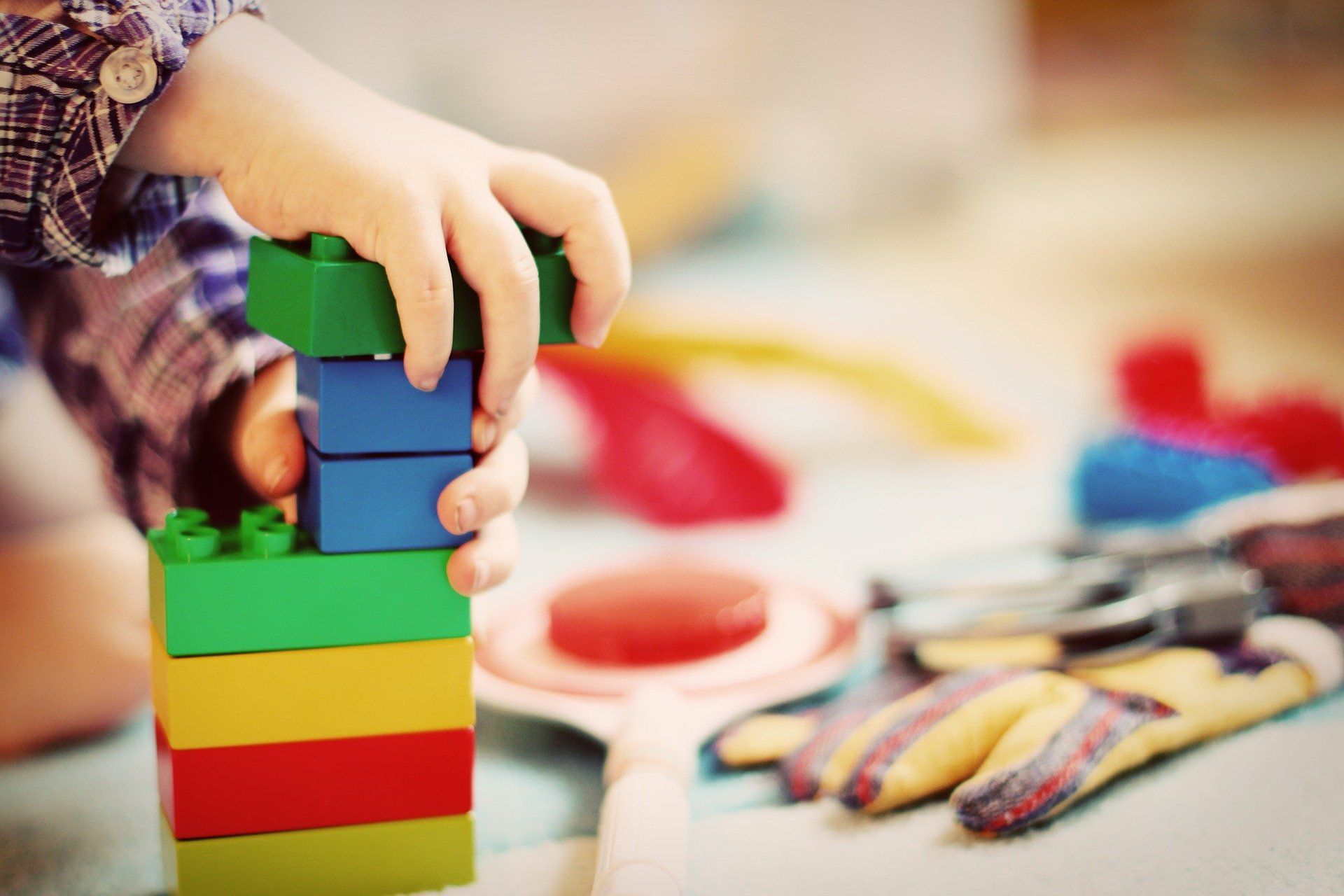
Every year Christmas is full of illusion, especially on the part of children who long to receive the expected gifts from the hand of the Three Wise Men or Santa Claus. Many of them have already prepared a long list of toys, but are they all safe?
In 2018, the Consumer Product Safety Commission recorded more than 226 thousand injuries caused by toys, almost half of which were to the head and to children under 15 years of age. On the other hand, it has been shown that those toys that incorporate darts are especially dangerous, since damage caused by these can cause weeks of pain and blurred vision.
Eyes are very vulnerable organs and certain eye damage can have long-term effects on them. Usually, eye damage associated with toys comes from abrasions and eye bleeding or hyphema, although in more serious cases it can cause retinal detachment, eye fracture or blindness. It is also important not to abuse games that require looking at a screen, as overexposure can lead to increased myopia.
On the other hand, toys containing darts can cause eye trauma, increased eye pressure or cataracts, and if not properly treated can lead to glaucoma in the future.
Therefore, it is important to remember some safety tips when choosing children’s and teenagers’ toys this Christmas.
Several reports show that children playing with high-power lasers (between 1500 and 6000 mW) suffer severe eye injuries. Over the years, the power of these lasers has increased to the point where they are capable of causing severe retinal damage with only a few seconds of eye exposure. For this reason it is important that a laser pointer is never pointed or directed at any person and that such products are not purchased for children.
Before purchasing a toy, it is important to make sure that it bears the European Union (CE) seal of conformity. To confirm that a toy is suitable for a child’s age, locate the label and age recommendations and follow the instructions for assembly, use and supervision.
While labels help us confirm which toys are appropriate at each stage, when it comes to children with low visual ability, choosing the most appropriate gift can be a challenge. For this reason, knowing the capabilities of infants at each age can help to make a better choice:
In addition to giving a present, it is important to supervise the child playing with the gift. Therefore, it is vital to make sure that there is always someone watching the children when they play with any toy whose use could in one way or another cause eye injuries.

Each year, ophthalmologists treat thousands of patients with serious eye injuries caused by seemingly harmless toys. Therefore, toys containing projectile, protruding or sharp elements, such as pellet guns, air guns or other foreign objects related to these types of weapons, should be avoided, as they can impact sensitive eye tissues.
Practicing sports without the proper equipment is one of the main causes of eye trauma and can lead not only to damage such as penetrations, contusions or injuries to the surface of the cornea, but also to leaks in the blood vessels, corneal abrasions, inflammation or tissue detachment. If you give sports equipment as a gift, make sure you also give the right eye protection.
If a child or adult suffers an eye injury, go quickly to an ophthalmologic emergency room. From the time of the injury until medical attention can be obtained, be sure not to touch, rub or apply pressure to the eye, and do not attempt to remove any object that may be trapped in the eye.

It is important that children fill their free time with activities that do not require the use of phones or tablets, since the use of screens can harm their eye health, causing an increase in myopia. For that reason, our Pediatric Ophthalmology department recommends some technology-free toys.

If it is a tradition for children to receive toys at Christmas, adults usually celebrate the holidays with a bottle of wine or champagne on the table. It is also important to be careful with bottle corks, since a cork can reach speeds of up to 80 km/h. Therefore, if it comes into contact with the eye at these speeds, abrasions, ocular bleeding and even glaucoma can occur.

Contact us or request an appointment with our medical team.